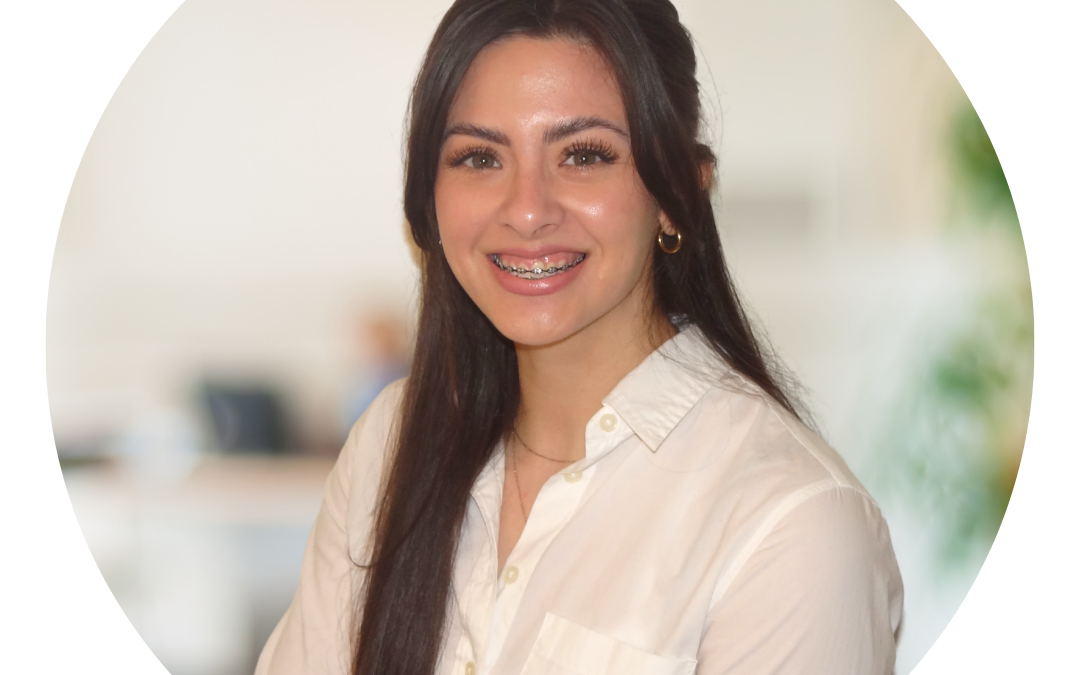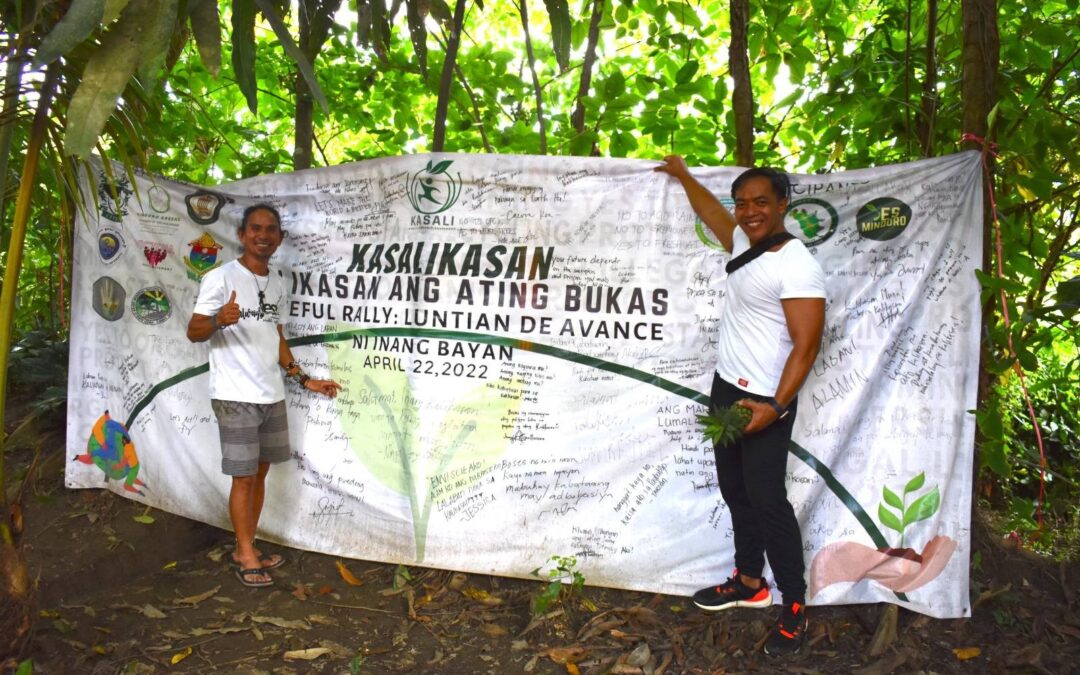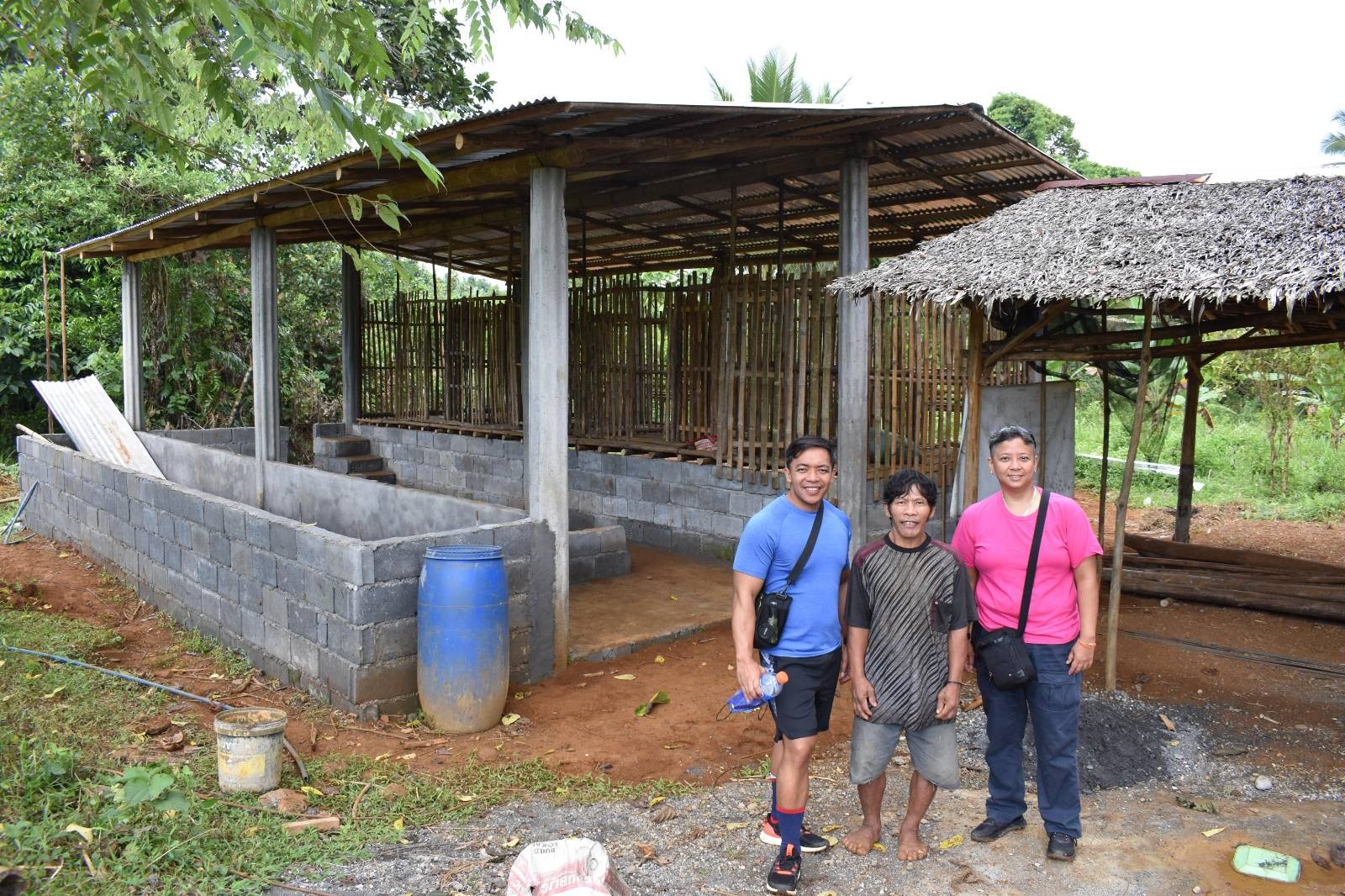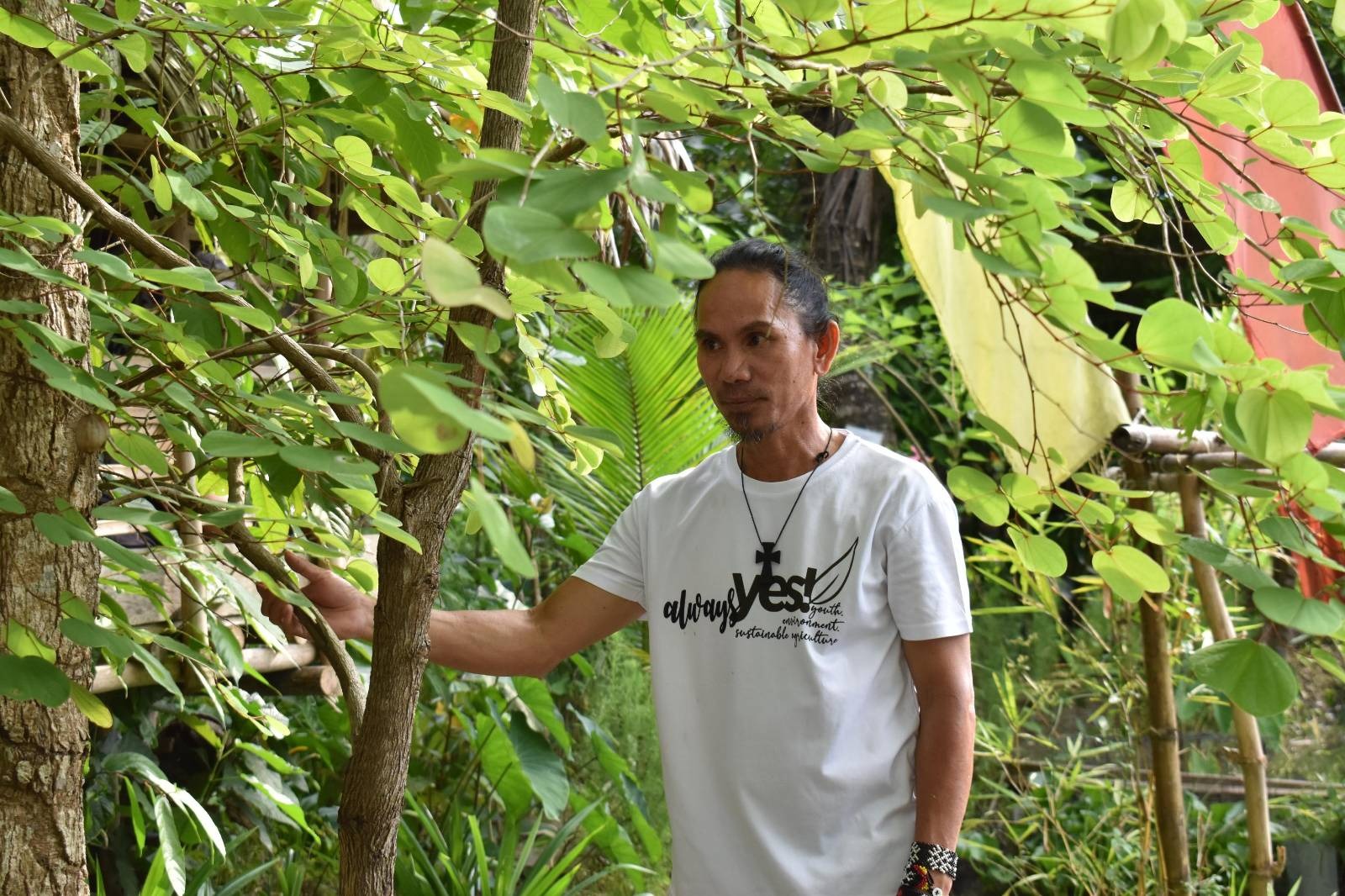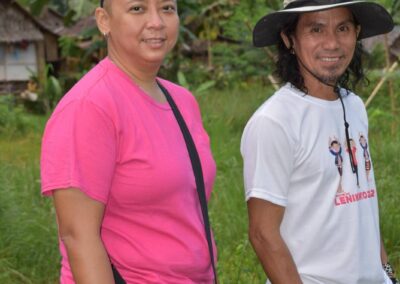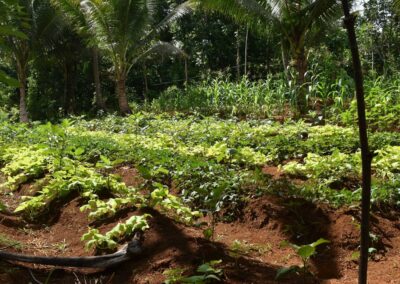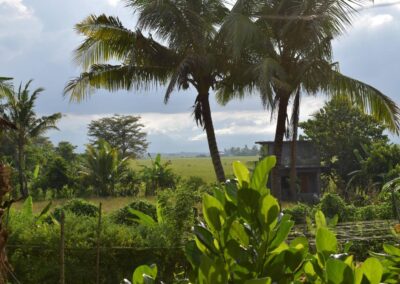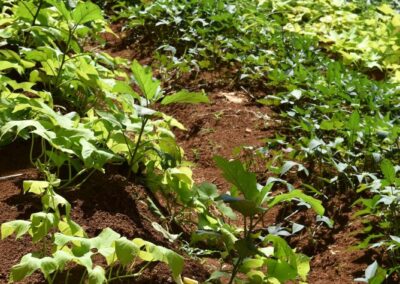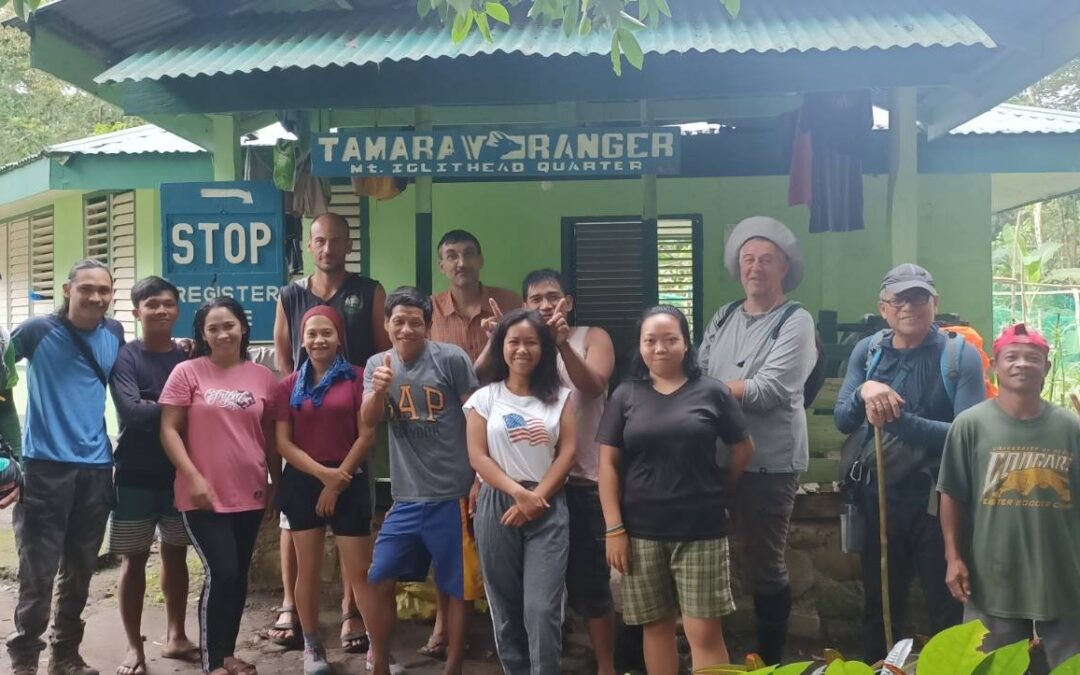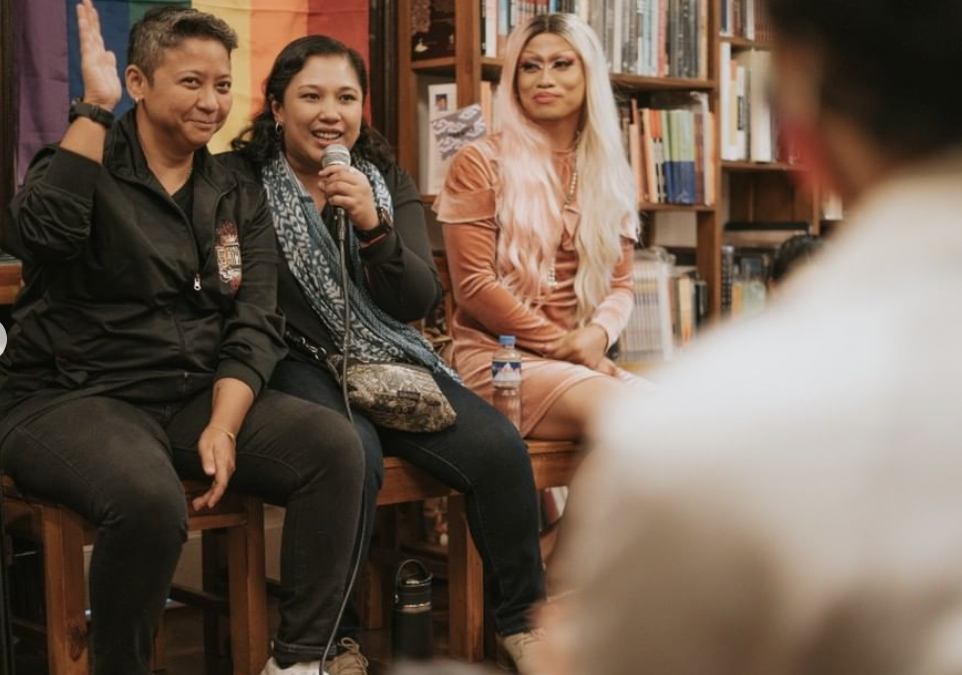
Pride Month: Sowing the Seeds of Freedom
Feature Image: Karen, Jenny, and Kiki Krunch at Mt. Cloud. Image from North Luzon Pride at Instagram
Last weekend, my partner and I were invited to be guests of a story-sharing Pride month event. We were honored to have been given the chance to talk about our relationship and how we’re navigating through all the challenges of being an LGBTQ couple in the Philippines.
At one point in the conversation, I asked if everybody in the audience was out because I was genuinely surprised at the age range. There were children as young as 10 and adults in their 40s or 50s. The answer was interesting because many said that they were only partially out. By that, they meant that they were out to their friends and not to their families or some iteration of that.
It hit me that I am one of the lucky ones because I am now at a place where I can confidently express who I am without fear of rejection or judgment. Years of self-work and support from family and friends have afforded me that.
My experiences moving through a sometimes kind and an oftentimes hostile environment for LGBTQIA++ has compelled me to always try to be a safe space for people. Reserving judgment has more benefits that we could automatically just glean from the surface. What happens when we allow people to be fully themselves without fear of criticism almost always creates a beautiful outcome. When we let let people tell their stories through their lens unencumbered by the need to fit in or to please, the space becomes freeing. And freedom, we know from history, is something our ancestors fought for. It is also something we continue to fight for today.
Last March, we launched our seed sovereignty campaign. While the use of the word sovereignty has become more common, the concept is still rather abstract and difficult to define. The closest I’ve come to a direct translation in Filipino is “kasarinlan” which means “to be in control of the self”. It would be very easy to just say it means independence in English but like every language, Filipino has nuances in how it formulates words that just giving a direct translation results in losing some of the depth of the original word. To give a little context, kasarinlan comes from the root word “sarili” which means self.
This idea of autonomy is similar in every arena. In seed sovereignty, it is fighting to regain control over the growing, saving, and sharing of seeds. In the LGBTQIA++ movements, it is fighting to create safe spaces to just be and fighting to be afforded the same rights and freedoms as everyone else.
It is so much easier to give up. But that’s me coming from this privileged place of being open about who I am. The hope that someday, the children who were in the audience would not have to struggle and would not need to come out because they’re loved and accepted for who they are is what gives me strength to keep on. Every battle won is like a reassuring hug to my younger self: it’s going to be okay.
Fighting for freedom in the present is holding on to the vision of a better future: a future where kasarinlan is not just an abstract concept but a reality.
